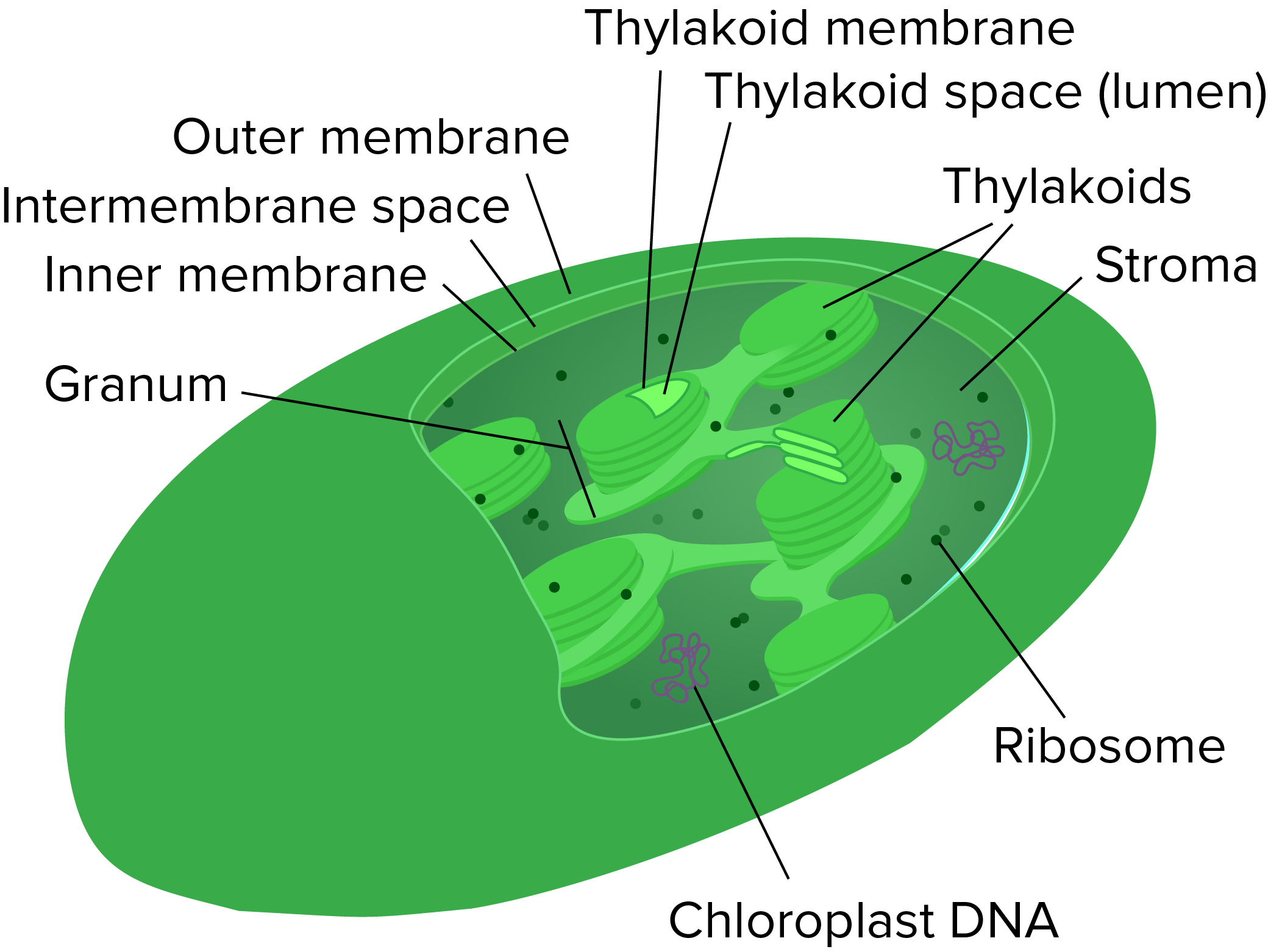The main similarity between mitochondria and chloroplast is energy production ie. Scientists believe that host cells and bacteria formed a mutually beneficial endosymbiotic relationship when the host cells ingested aerobic bacteria and cyanobacteria but did not.

Differences Between Mitochondria And Chloroplast Mitochondria Vs Chloroplasts
Mitochondria are membrane-bound organelles found in almost all eukaryotic organisms.

. Chloroplasts mitochondria and peroxisomes were purified from leaves of nitrate-fed Introduction and Rhizobium leguminosarum-nodulated pea plants Leaf senescence is a genetically regulated process char- at two developmental stages young and senescent acterized by oxidative stress and chlorophyll and pro- plants. The food making process is called. Our framework allows us to estimate the metabolic scaling exponents of organelles and cells.
Thioredoxins Trxs are small widely distributed proteins with a redox-active disulfide group. Mitochondria are found in eukaryotic animal cells whereas chloroplasts are found in plant cells. Finally the heterogeneity of the degradation processes involved during senescence is discussed with regard to the fate of mitochondria and chloroplasts in the different cell types.
Mitochondria and chloroplasts likely began as bacteria that were engulfed by larger cells the endosymbiont theory. 7 What is the function of chloroplast Class 11. In mitochondria the energy is captured and used to produce ATP by oxidative phosphorylation.
Ribosomes are naked ribonucleoprotein particles found in both prokaryotic and eukaryotic cells. In an eukaryotic cells ribosomes are present inside organelles like mitochondria and chloroplasts. They convert energy out of the cell into a specific form and then this energy is used by the cell.
Chloroplasts are found in plants and algae. 5 What are the two main functions of chloroplasts Brainly. The ferredoxinTrx system located in chloroplasts in which electrons from ferredoxin reduce Trx by means of the ironsulfur enzyme ferredoxinTrx reductase 14 and.
ATP supplies the energy the cell needs to do work. Describe the outer membrane of the mitochondria. Mitochondria break down nutrients to produce adenosine triphosphate ATP.
Mitochondria and chloroplasts have striking similarities to bacteria cells. 8 What are the functions of chloroplast and chlorophyll. The ribosomes of prokaryotic cells are of 70S type made up of two subunits- 30S and 50S.
What type of cells contain chloroplasts. Name two other organelles besides the mitochondria that contain DNA and have a double membrane. What is the energy autotrophs use to make their own food.
The key difference between mitochondria and chloroplast is that mitochondria are the membrane-bound cell organelles that generate energy in the eukaryotic cells while chloroplast is a type of eukaryotic cell organelle that carries out photosynthesis in plants and algae. Hope his helps if so please mark brainiest. However chloroplast is.
Mitochondria Have DNA. Mitochondria and chloroplast are semiautonomous organelles that share various structural similarities but the major difference is their occurrence. 3 What are the main functions of a chloroplast.
These ribosomes resemble the ribosomes of a prokaryotic cell. They have their own DNA which is separate from the DNA found in the nucleus of the cell. 4 What are the two main functions of chloroplasts for kids.
Mitochondria and chloroplasts are two types of organelles in eukaryotic cells. In chloroplasts the energy is captured and used to produce ATP by photophosphorylation. Scientists have long noticed that bacteria mitochondria and chloroplasts are similar in size.
Thus two cell organelles involved in energy transformation reactions. However in IDLs mitochondria actively provide energy and carbon skeletons for the degradation of cell constituents facilitating the retrieval of nutrients. Similarities Between Chloroplasts and Mitochondria.
6 What are the major function of the chloroplast during photosynthesis. Both mitochondria and chloroplast are two large organelles found in eukaryotic cells. Chloroplasts Mitochondria Compare and contrast the functions of chloroplasts and mitochondrion The cellular machinery requires a coninuous energy supply to SlideShare uses cookies to improve functionality and performance and to.
The DNA and RNA of mitochondria and chloroplast are almost similar. Two types of membranous organelles that specialize in energy conversion are the chloroplasts and mitochondria. Irrespective of cellularity numbers and total volumes of mitochondria scale linearly with cell volume whereas chloroplasts scale sublinearly and sizes of both organelles remain largely invariant with cell size.
Two types of Trx systems have been described in plants based on the source of reducing power. Mitochondria and chloroplast are considered to be semiautonomous because mitochondria contain DNA and can reproduce independently of the cell and cholorplasts have a built in feeding mechanism. Find step-by-step Biology solutions and your answer to the following textbook question.
Up to 10 cash back To examine whether there is also more than one type of FtsZ in red-lineage chloroplasts red algal chloroplasts and chloroplasts that originated from the secondary endosymbiosis of red algae and in mitochondria we obtained FtsZ sequences from the complete sequence of the primitive red alga Cyanidioschyzon merolae and the draft sequence of the. Mitochondria and chloroplasts are two types of _____. Theyre responsible for capturing light energy to make sugars in photosynthesis.
We also know that mitochondria and chloroplasts have DNA and ribosomes just as bacteria do. In cytoplasm the energy is captured and used to produce ATP by substrate level phosphorylation during glycolysis. Chloroplasts use solar energy to make carbohydrates through the process of photosynthesis.
9 rows Mitochondria and chloroplast are organelles found in a plant cell. Describe the functions of these two organelles and propose one structural evidence that strongly supports this endosymbiotic hypothesis. Current studies suggest that both organelles may have evolved by endosymbiosis of prokaryotes.
And both organelles use their DNA to produce many proteins and enzymes required for their function.

Mitochondria And Chloroplasts Article Khan Academy

How Are Mitochondria And Chloroplasts Similar Mitochondria And Chloroplasts Similarities Lisbdnet Com

How Are Mitochondria And Chloroplasts Similar Mitochondria And Chloroplasts Similarities Lisbdnet Com
0 Comments